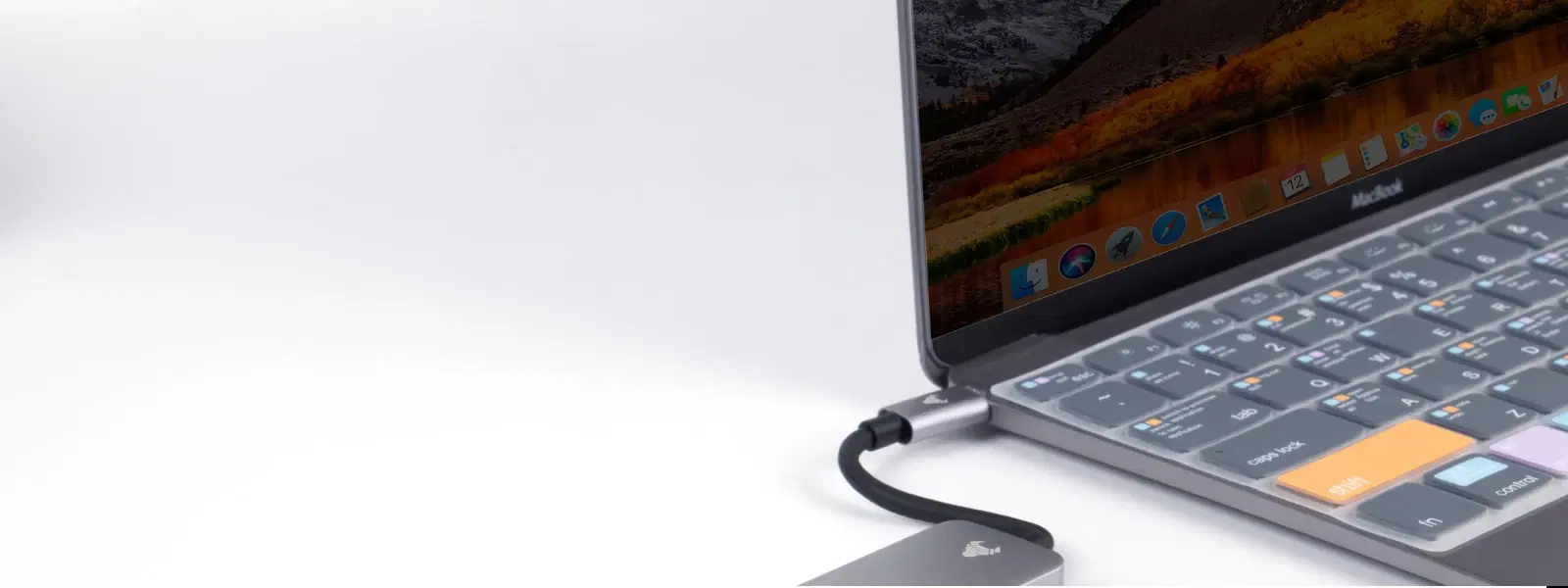
Consumer Electronics
•03 min read
Imagine the ease of installing Windows using a USB flash drive, bypassing the need for bulky DVDs and outdated optical drives. Not only does this method offer unmatched speed and portability, but it also allows you to reuse your USB for future installations. In this guide, you'll learn to create a bootable USB, configure your PC, and troubleshoot common issues with confidence. Shop on Tata Neu to earn up to 5% NeuCoins on every purchase, unlocking exclusive benefits and rewards.
Installing Windows using a USB flash drive is a game changer. The process is much faster than traditional DVD-based installations, and with modern hardware, it can significantly cut down waiting times. A USB flash drive is highly portable, and once it’s set up, it can be re-used for multiple installations or repairs, making it an economical and sustainable option.
There are several scenarios in which this method proves invaluable. Whether you’re reinstalling Windows after an unexpected crash, upgrading to a newer version, or setting up a brand new PC, using a USB flash drive simplifies the procedure and makes it more efficient.
Before you begin, gather the essentials: a USB flash drive with a minimum capacity of 8GB, the Windows ISO file, and a PC that allows access to BIOS/UEFI settings. Ensure your system meets the compatibility requirements for either Windows 10 or Windows 11—this makes the process smoother and more effective. For the latest updates, check Microsoft’s official website to ensure compatibility and accuracy.
The next step is to create a bootable USB. First, download the Windows ISO file directly from Microsoft. Once that’s done, you can utilise tools like Rufus or the Windows Media Creation Tool. These tools help format your USB and copy the necessary files, ensuring that the primary partition is marked as active. This simple process converts your USB drive into a powerful tool for Windows installation.
With your bootable USB ready, start by configuring your PC to boot from it. Enter the BIOS/UEFI settings by restarting your computer and pressing the appropriate key—a process that may vary depending on your device. Change the boot order so that the USB drive is at the top of the list. This configuration is essential to allow your system to load the Windows installation files directly from your USB drive. If instructions for accessing BIOS/UEFI are unavailable, consult your device’s user manual or manufacturer’s website for guidance.
After configuring your boot settings, insert the USB flash drive and reboot your system. You will be prompted to select language, time, and keyboard preferences. When asked, you can either enter your product key immediately or opt to activate Windows later. At this stage, you will have to choose between an upgrade installation or a custom installation. The custom installation is particularly useful if you need to partition your drive properly or clean install Windows from scratch.
During the process, you might encounter issues like the USB drive not being recognised, the Windows image appearing larger than 4GB, or even the PC refusing to boot from the USB. In such cases, reformatting the USB drive or checking the BIOS settings for features like virtualization can help resolve these challenges. A methodical approach and a few tweaks can turn a potentially frustrating experience into a seamless process.
Did you know? Using a high-speed USB 3.0 drive can significantly reduce installation time compared to a USB 2.0 drive. Ensure your PC supports USB 3.0 ports to maximise the efficiency of your installation process.
Once Windows is installed, it’s time to complete the initial setup. Create a user account, connect to Wi-Fi, and install the necessary drivers to ensure your device performs optimally. Additionally, updating Windows immediately after installation helps secure your system with the latest security patches and performance enhancements. Croma’s Express Delivery service ensures you receive your essential hardware and accessories on time, making setup even more convenient.
After completing the installation, remember to safely store your bootable USB for future applications. It’s a handy tool for addressing emergencies or further upgrades. Periodically updating the USB with the most recent Windows ISO file ensures that you always have access to the latest version of the operating system.
This comprehensive guide shows that installing Windows via a USB flash drive is not only efficient but also a practical solution for a variety of scenarios. By preparing well, following each step carefully, and utilising expert tips such as optimising with a USB 3.0 drive, you can navigate the installation process with ease. Enjoy the enhanced convenience, outstanding performance, and reliability that comes with leveraging a robust platform like Tata Neu for all your technology needs. The focus remains on creating a seamless, customer-first experience where technological expertise and everyday practicality meet.